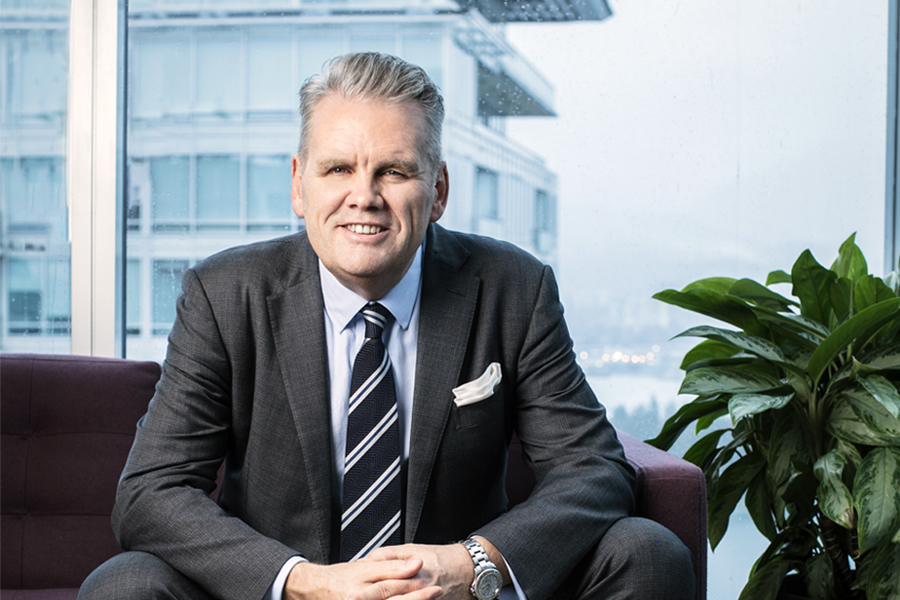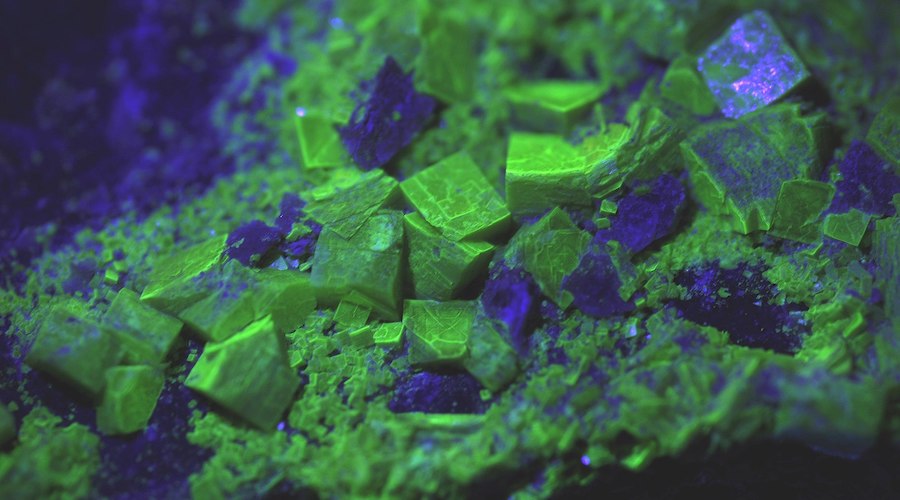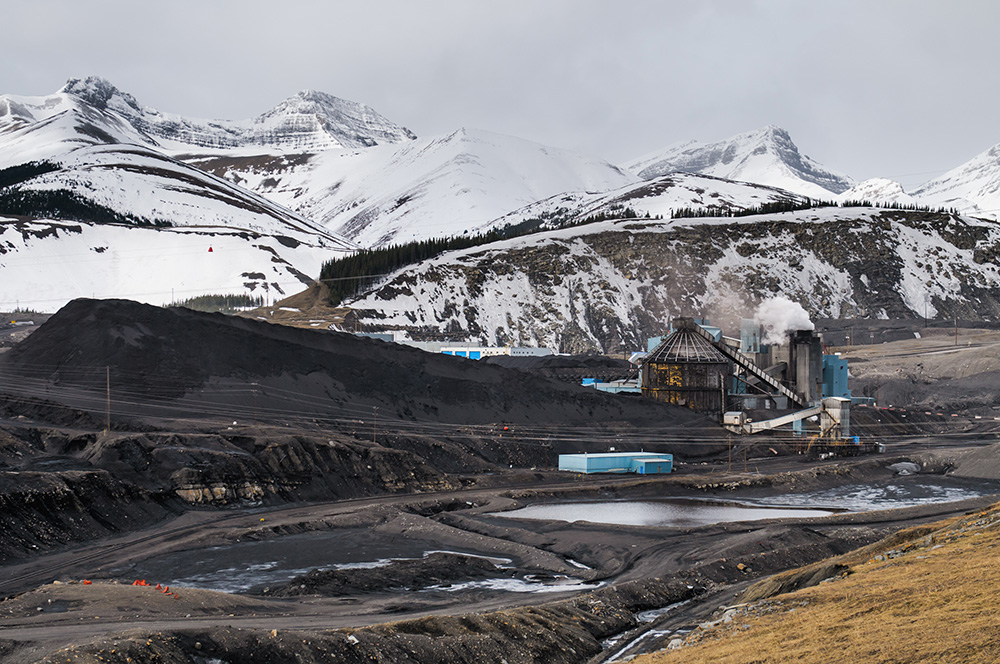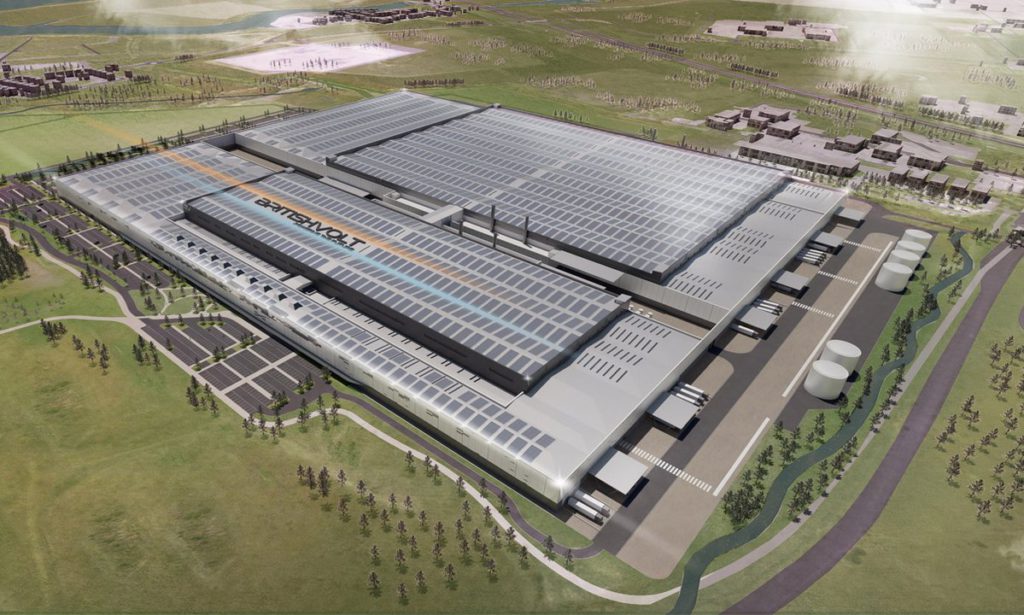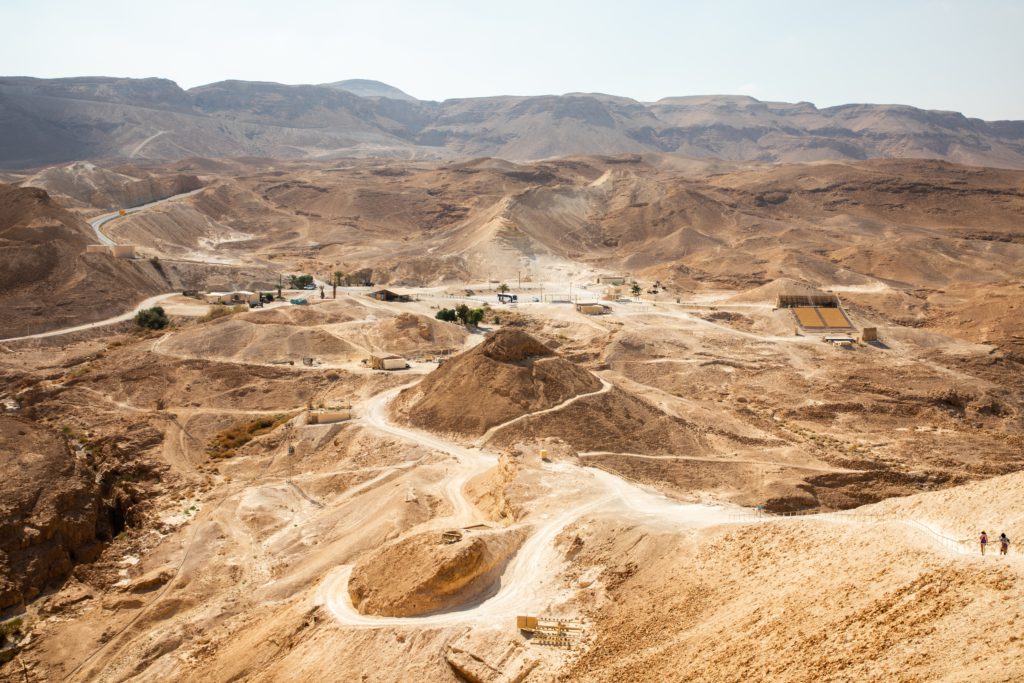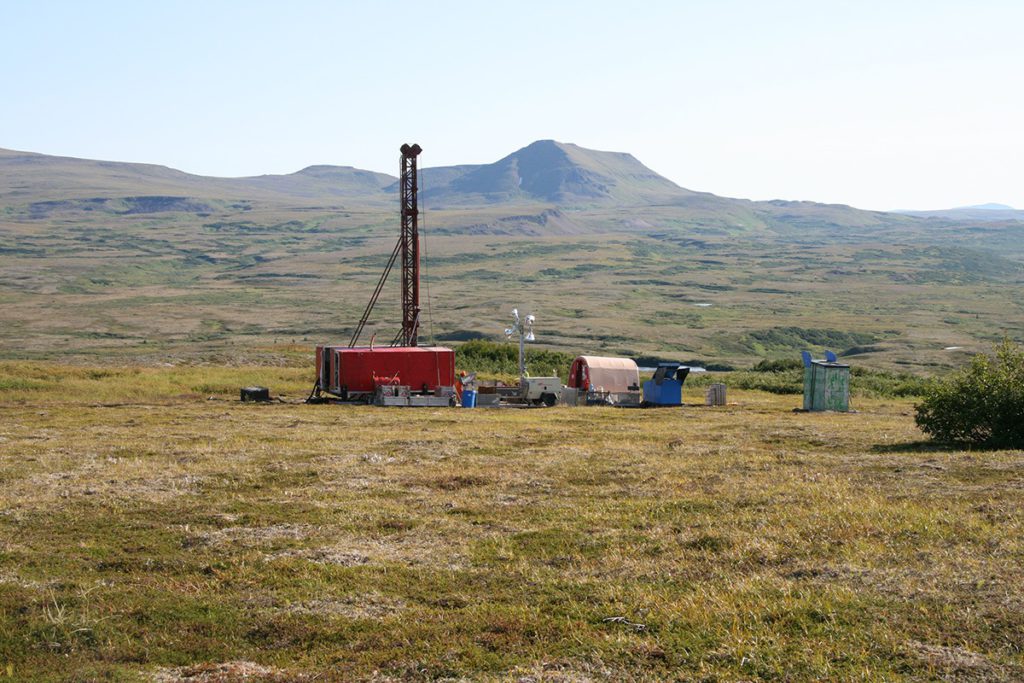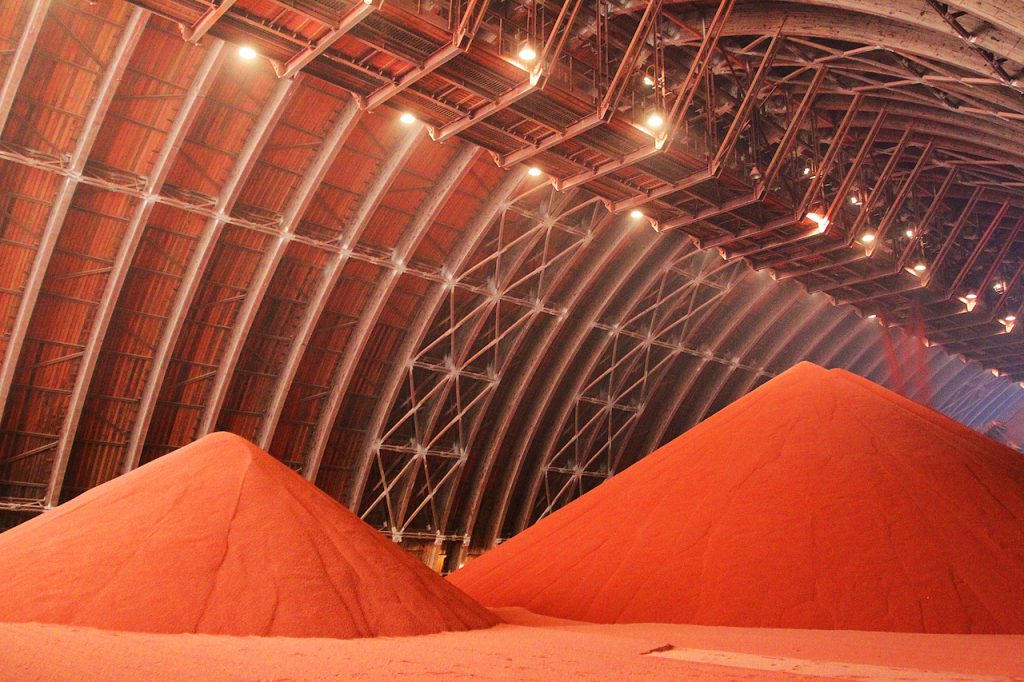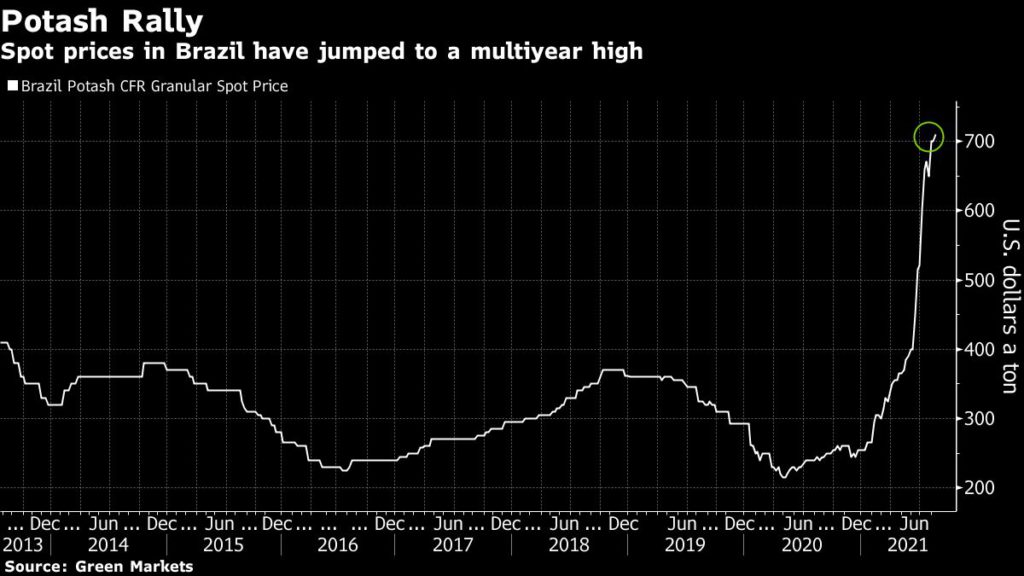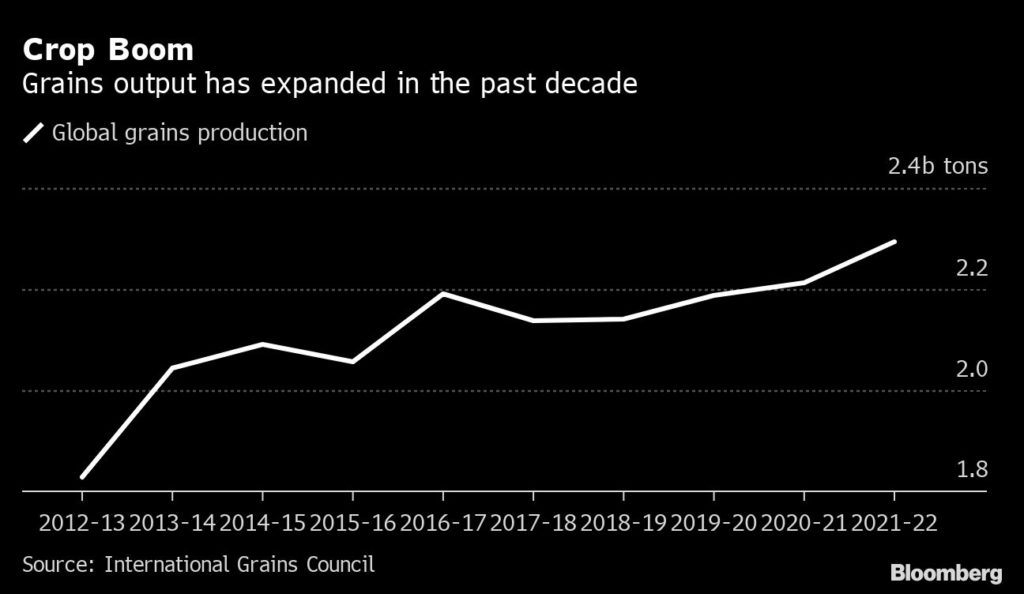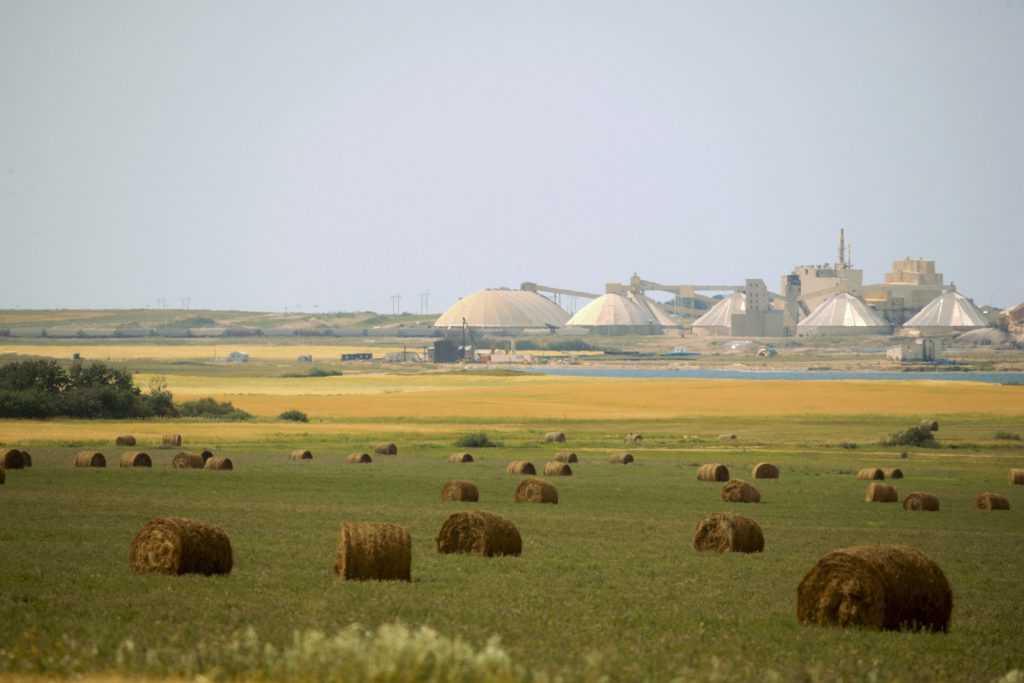Ag software startup Regrow has raised $17 million in Series A funding as it proceeds with the US rollout of its monitoring, reporting, and verification (MRV) tool for carbon sequestration and monetization.
New investors participating in the round included US agribusiness giant Cargill, US climate-focused VC Ajax Strategies, and Australian agrifoodtech VC Tenacious Ventures.
Among Regrow’s returning investors were Microsoft venture unit M12, AirTree Ventures, the Jeremy & Hannelore Grantham Environmental Trust‘s Neglected Climate Opportunities fund, and Main Sequence – the VC arm of Australian national R&D agency CSIRO.
Regrow was formed in February this year following the merger of Australian crop science company FluroSat and US soil health startup Dagan.
The Durham, New Hampshire-based firm claims its MRV platform is “the first and only” such system that allows stakeholders across the emerging ag carbon credits industry to create, and cash in on, carbon strategies. It does this by enabling transparent reporting, historical analysis, and forward-looking projections of carbon sequestration and emissions reductions, with the hope of removing “the most critical challenges standing in the way of ubiquitous adoption of regenerative agriculture practices.”
Regrow “supports delivery of programs initiated by sellers or buyers to the growers, as well as supporting grower decision-making in choosing which practice to adopt by showing them the potential for outcomes and payments,” says CEO Anastasia Volkova, who describes the platform as “the first independent, objective turnkey system” for agriculture.
She tells AFN that it is this ‘independence’ which differentiates Regrow’s solution from those of competing MRV providers.
“It doesn’t combine the MRV capabilities with the market itself. We power sustainability programs of key players without deciding on the price of the credit or making the payment,” she says.
“This ensures that we stay focused on the science and the MRV itself, and are not incentivized by financial outcomes that we help create. Competitive MRV offerings such as CIBO and Indigo have a market attached to them, which creates undesirable conflicts of interest for all parties.”
Cutting the costs of verification
Another advantage of Regrow’s MRV, from Volkova’s perspective, is that it’s able to cut the costs of data collection — including soil sampling — by leveraging integrations with third-party farm management software, as well as the startup’s own satellite imagery-based monitoring and verification product, OpTIS.
“Soil sampling is important and plays a key role in initializing our soil model. Relying on a combination of modeling and remote sensing, however, means that you do not have to redo soil sampling as frequently since your model has known accuracy and uncertainty that you can propagate with time,” she says.
“If markets know the uncertainty of the outcomes then they can appropriately administer payment and simultaneously lower the cost of sampling.”
DNDC — the soil model Regrow uses to quantify carbon credits and other outcomes — “has been scientifically vetted and used internationally,” she adds.
“Again, this means for the food companies, which are the primary funders of sustainability programs at the moment, that the MRV will scale globally and cover their various supply chains.”
Among the companies and organizations that have signed up as paying subscribers to Regrow’s MRV platform and its supporting products are new investor Cargill, agrochemicals major Bayer, food giant General Mills, and environmental nonprofit The Nature Conservancy.
Volkova says there are several new partnerships on the horizon that will help Regrow to expand into new international markets, including Australia, Brazil, Canada, and Europe in the first instance.
“Not only does agriculture feed our growing population, but we know that, when done sustainably, it can sequester carbon and lead to better environmental outcomes,” Ben Fargher, managing director of sustainability for Cargill Agricultural Supply Chain North America, said in a statement.
“Regrow, with its dedication to science and bias for action, has tremendous potential to enable further transformation of sustainable agricultural systems around the world.”
